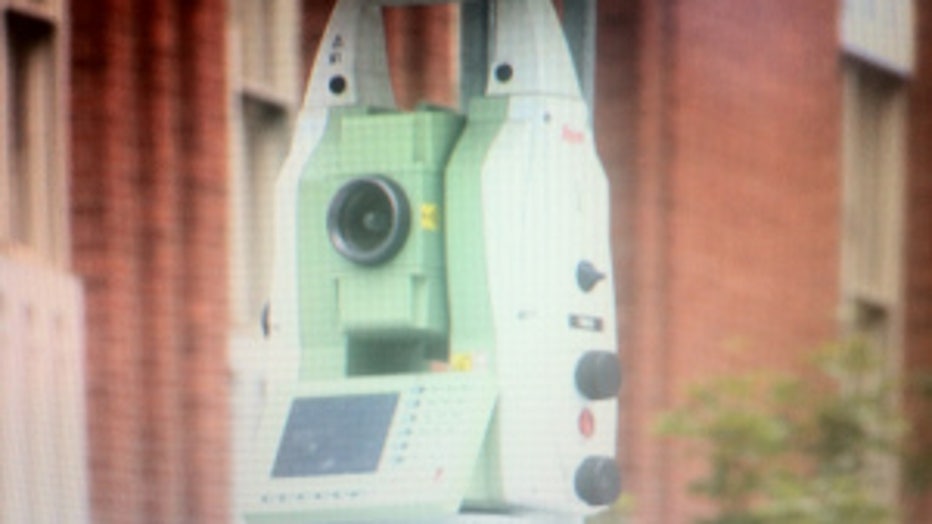Laser eye: High-tech monitoring of Bertha's tunneling effects
SEATTLE -- Bertha, the world's largest tunneling machine, is off to her slow-motion start under Seattle. She's moving about six feet of earth a day to build a tunnel that will replace the aging, crumbling Alaskan Way Viaduct.

The machine will burrow under about 200 buildings downtown while on its two-mile route. It's a $3 billion project and engineers are spending $20 million on a monitoring program, below and above ground.
They are also using a one-eyed laser device called the Cyclops. There are already 100 of them set up along Bertha’s route, to detect any building movement that may be caused by the underground drilling.
"It’s shooting a laser and it's shooting at a point that’s been pre-established on the buildings," said Dave Sowers, engineering manager on the project. "If that point starts to move, it can detect it."
If the buildings shifts, engineers will make a change in how Bertha operates.
The monitors have caused some confusion. Workers at Alexis Hotel said some guests have complained about what they believe are surveillance cameras outside their windows, spying on them. Engineers said these eyes have only laser lights.
"These are really to look at how the building is behaving; the technology is not a camera," said Sowers.
The Cyclops lasers are part of more than 3,000 monitors above and below ground to detect even the most minute changes in the ground and buildings that may be affected by Bertha’s underground dig.
"The accuracy of these devices is like a thousands of an inch, so any kind of shift in the building we can detect," Sowers said.

